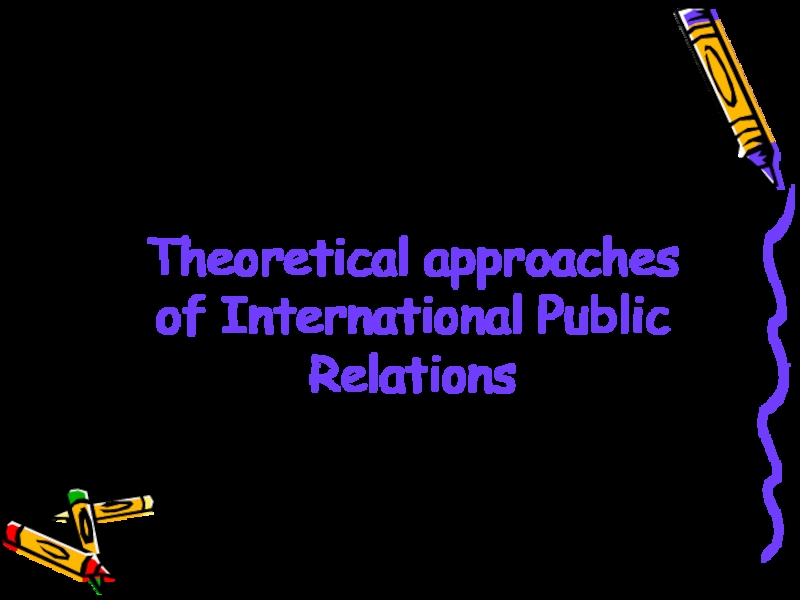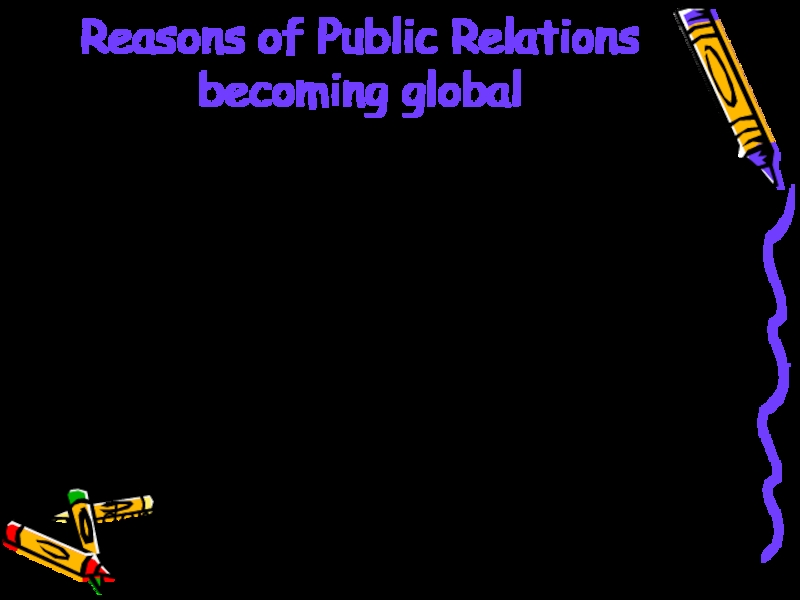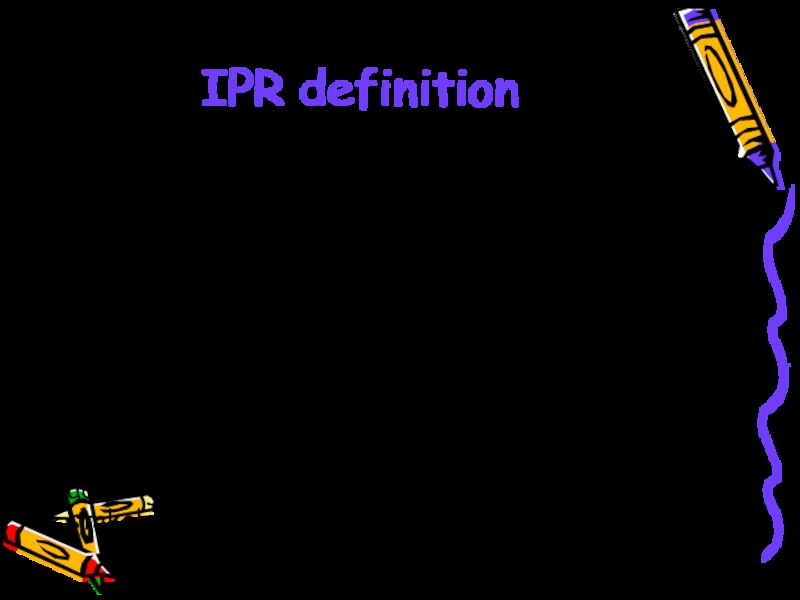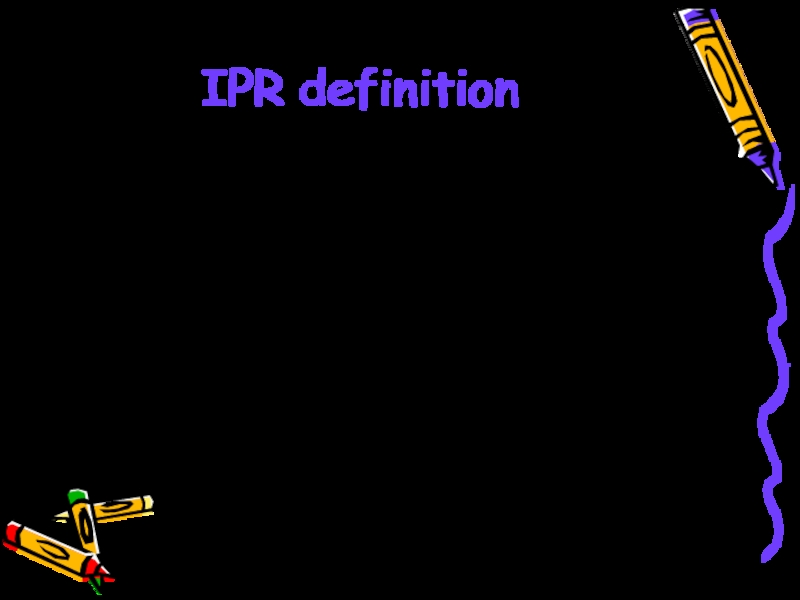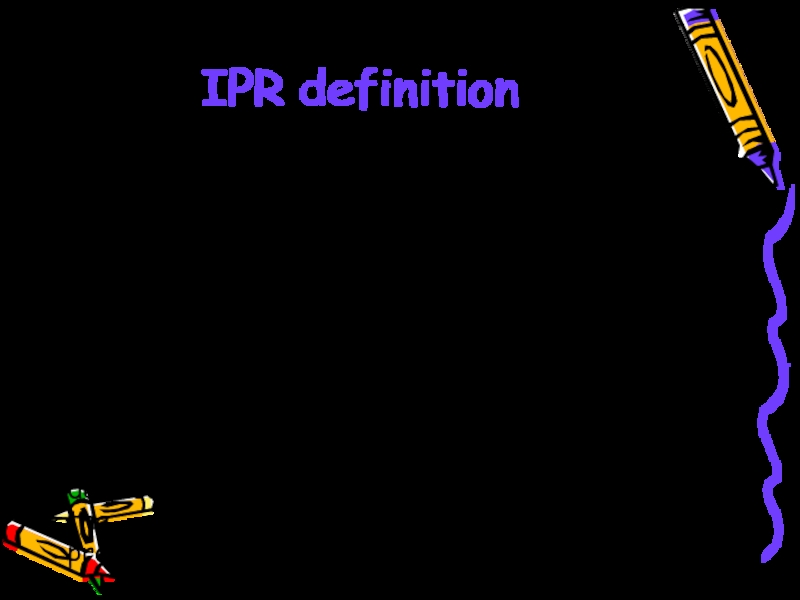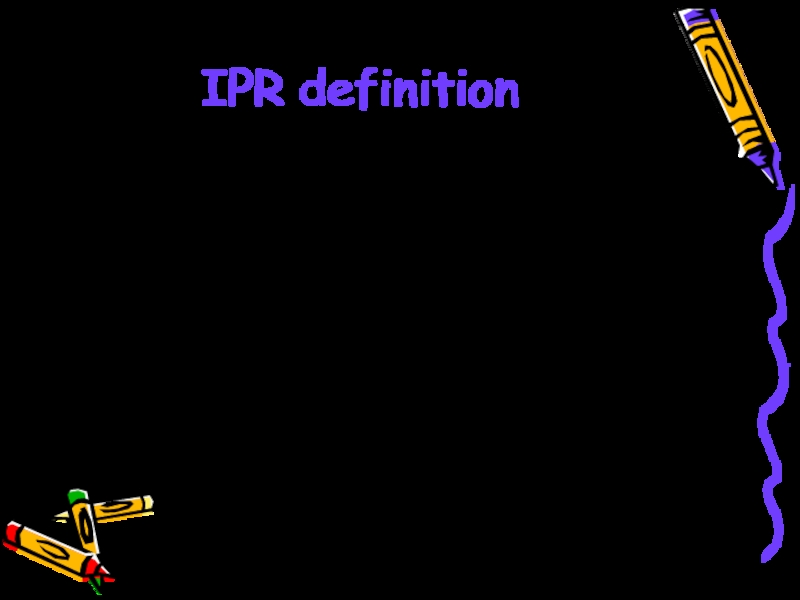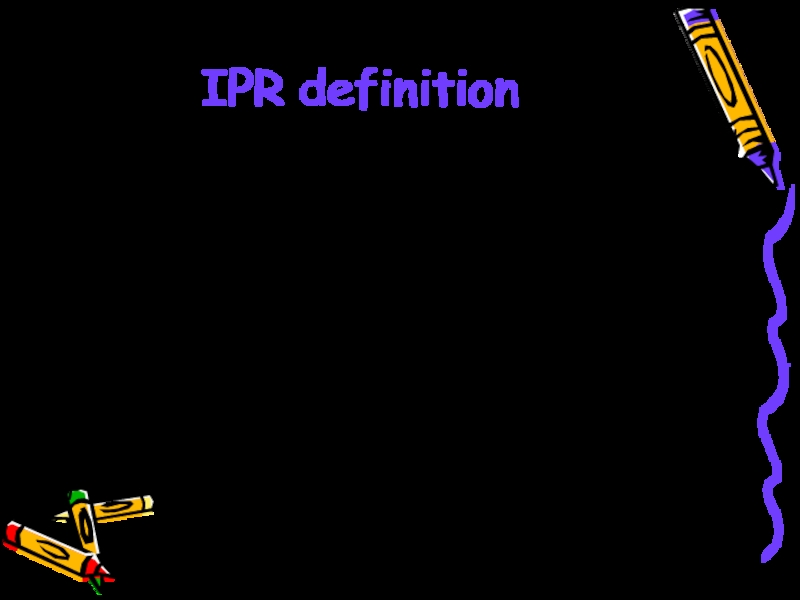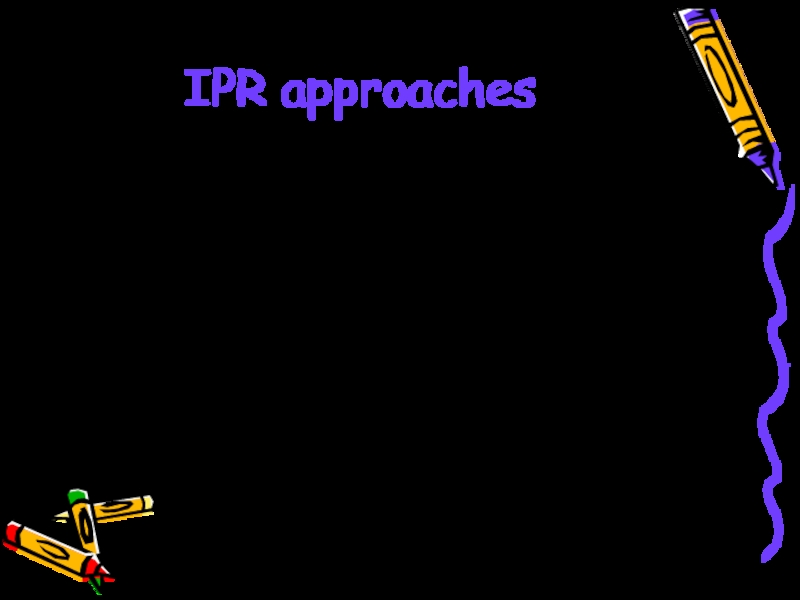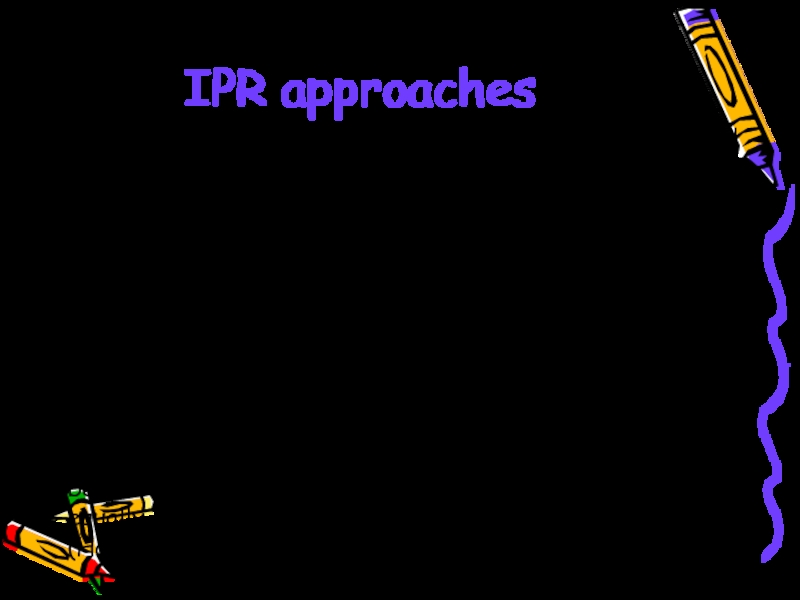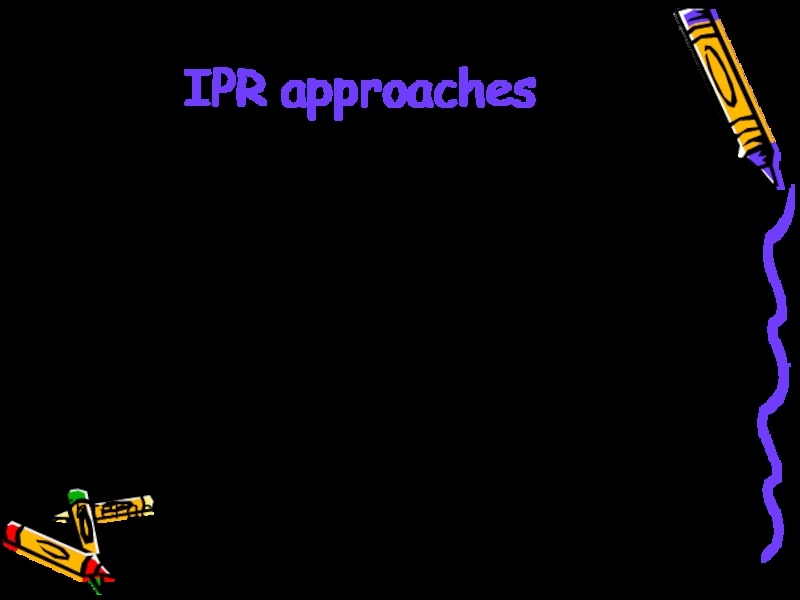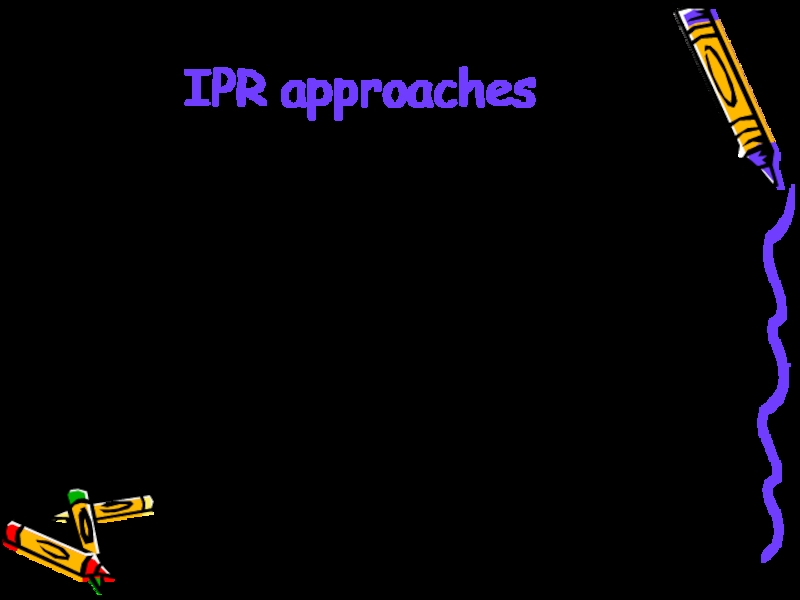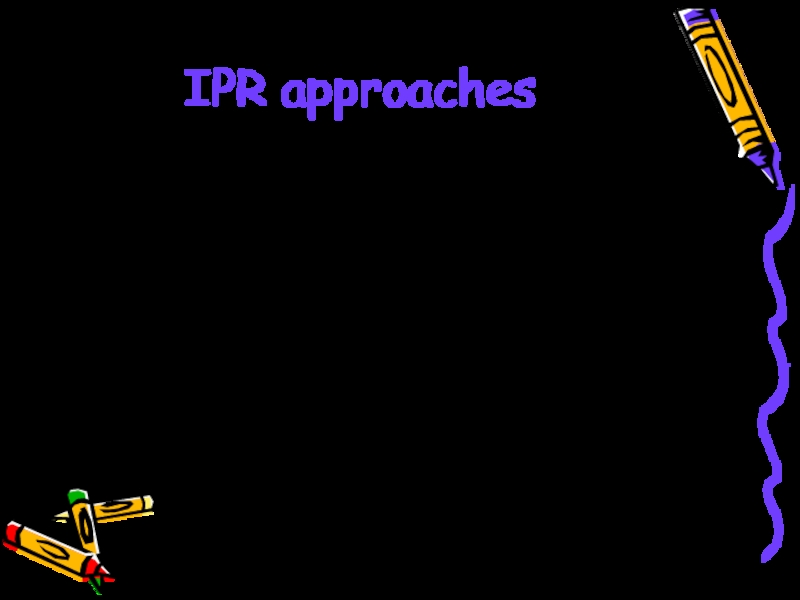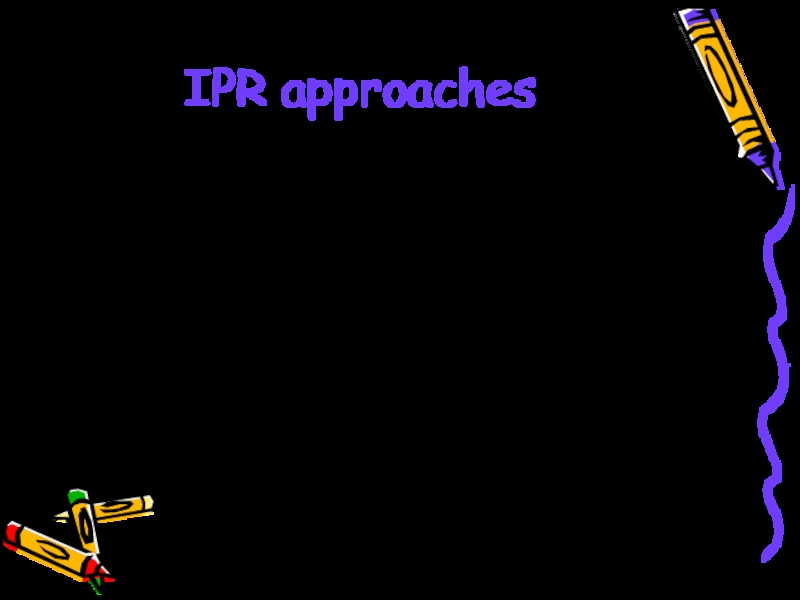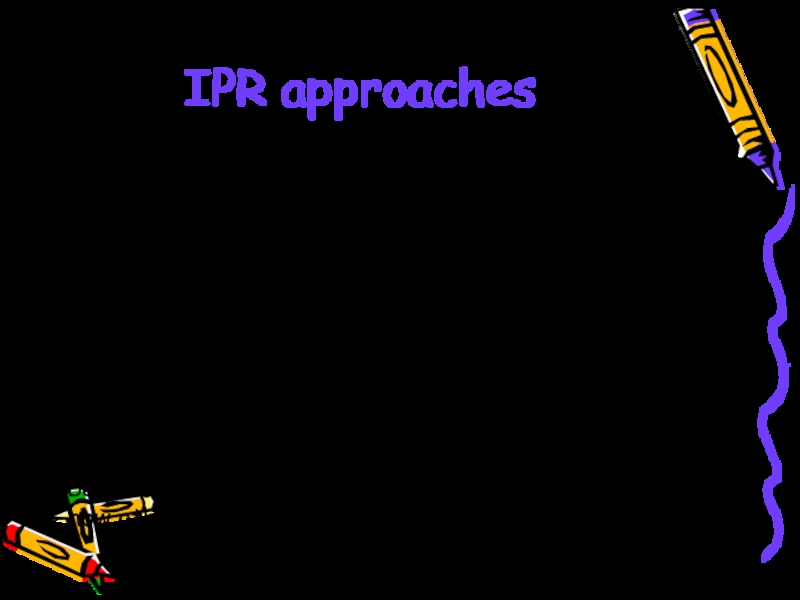- Главная
- Разное
- Дизайн
- Бизнес и предпринимательство
- Аналитика
- Образование
- Развлечения
- Красота и здоровье
- Финансы
- Государство
- Путешествия
- Спорт
- Недвижимость
- Армия
- Графика
- Культурология
- Еда и кулинария
- Лингвистика
- Английский язык
- Астрономия
- Алгебра
- Биология
- География
- Детские презентации
- Информатика
- История
- Литература
- Маркетинг
- Математика
- Медицина
- Менеджмент
- Музыка
- МХК
- Немецкий язык
- ОБЖ
- Обществознание
- Окружающий мир
- Педагогика
- Русский язык
- Технология
- Физика
- Философия
- Химия
- Шаблоны, картинки для презентаций
- Экология
- Экономика
- Юриспруденция
Theoretical approaches of International Public Relations презентация
Содержание
- 1. Theoretical approaches of International Public Relations
- 2. International PR The body of knowledge of
- 3. Reasons of Public Relations becoming global The
- 4. IPR definition There are significant differences in
- 5. IPR definition The definition given by John
- 6. IPR definition Omenugha (2002) surmised that when
- 7. IPR definition Hence Nwosu (1996) sees IPR
- 8. IPR definition Wilcox, Cameron, Ault, and Agee
- 9. IPR approaches The 1990s heralded increased interest
- 10. IPR approaches First, has relied on the
- 11. IPR approaches The second component has been
- 12. IPR approaches In the present age of
- 13. IPR approaches One ongoing conversation that has
- 14. IPR approaches Generic/specific theory Early studies
- 15. IPR approaches As J. Grunig (2006)
- 16. IPR approaches The second basis of the
- 17. The Excellence Theory ….. proposed establishing
- 18. The Excellence Theory ……One of
- 19. The Excellence Theory Public relations practice
- 20. The Excellence Theory Contextual variables which can
- 21. The Excellence Theory 2. Level of
- 22. The Excellence Theory 3. Culture. This
- 23. The Excellence Theory 4. Extent of
- 24. The Excellence Theory 5. Media Systems.
- 25. The Excellence Theory After providing this brief
- 26. The Excellence Theory ……….the importance of
Слайд 2International PR
The body of knowledge of public relations has grown significantly
in the last 25 years or so and public relations continues to evolve as a strong discipline.
As a profession, however, public relations is fast becoming global.
As a profession, however, public relations is fast becoming global.
Слайд 3Reasons of Public Relations becoming global
The rapid expansion of communication technology
The realignment of economic power caused by the formation of multinational trading blocs such as NAFTA, EC, ASEAN, APEC
Necessity to replicate your business for another set of circumstances, a different locale and culture, with a different market, demands, needs and expectations.
Слайд 4IPR definition
There are significant differences in practicing public relations entirely within
one’s own country versus across national boundaries (Foster, 1998; Ver_ci_c, 2003). As Larry Foster (1998) stressed, “Of all the areas of public relations and public affairs, the international sector is the most difficult to manage. It is more complex, more unpredictable, and generates more risk than most domestic-based public relations programs” (p. 1). Nigh and Cochran (1987) added that these “characteristics inherent in the conduct of business across national boundaries” (p. 7) add great complexity in communicating with stakeholders.
Слайд 5IPR definition
The definition given by John Reed (1989), a recipient of
the Public Relations Society of America’s (PRSA) Atlas Award for lifetime service around the world
“International public relations means you do it somewhere else, with audiences different from you cultural, linguistically, geographically (p. 12)”
“International public relations means you do it somewhere else, with audiences different from you cultural, linguistically, geographically (p. 12)”
Слайд 6IPR definition
Omenugha (2002) surmised that when Public Relations is planned to
bring mutual understanding between an organization and its publics in various countries where the organization operates, that PR is said to be international. She further explained that when Public Relations policies and programs are used in projecting a favorable image of the organization, its business and its country in the global community, in an interdependent world, that PR is international... [It is] a deliberate, planned and sustained effort geared towards securing the desired favorable image for the organization in the international community, paving way for profitable operations.
Слайд 7IPR definition
Hence Nwosu (1996) sees IPR as “deliberately planned, systematic and
researched activities of an organization or nation which are aimed at maintaining sound, productive and mutual relations with international publics such as customers, agents, government, business and non-business organizations”.
Слайд 8IPR definition
Wilcox, Cameron, Ault, and Agee (2007) said it better: “International
public relations may be defined as the planned and organized effort of a company, institution, or government to establish mutually beneficial relations with the publics of other nations” (p. 516). The important elements in an international program, therefore, boil down to where the entity is located and to which publics it must build relationships.
Слайд 9IPR approaches
The 1990s heralded increased interest in gathering empirical evidence about
public relations activities in different parts of the world.
The debate on whether public relation can be practiced in similar ways in different countries was started three decades ago
The debate on whether public relation can be practiced in similar ways in different countries was started three decades ago
Слайд 10IPR approaches
First, has relied on the application of a culture-general approach
that focuses on how cultural differences affect communication between public relations practitioners, clients and publics from different cultures (Zaharna, 2001, 136).
The application of these cultural taxonomies has enabled, among other things, cross-cultural comparisons about preferred interpersonal relationship orientations within cultures (Kluckhohn&Strodtbeck, 1960); the amount of explicit and implicit information contained in messages and the division between “low-context” and “high-context” cultures (Hall, 1989); and the extent to which cultures believe that institutional power should be distributed equally or unequally, also called “power distance” (Hofstede, 2001).
The application of these cultural taxonomies has enabled, among other things, cross-cultural comparisons about preferred interpersonal relationship orientations within cultures (Kluckhohn&Strodtbeck, 1960); the amount of explicit and implicit information contained in messages and the division between “low-context” and “high-context” cultures (Hall, 1989); and the extent to which cultures believe that institutional power should be distributed equally or unequally, also called “power distance” (Hofstede, 2001).
Слайд 11IPR approaches
The second component has been connected with the study of
individual countries describing the state of their public relations industries and other historical, economic, political and media aspects shaping the practice of public relations.
The popularity of this approach has been reflected in a large number of books and journal articles studying public relations practices in different countries—like India (Bardhan, 2003; Sriramesh, 1992), Russia (Guth, 2000), Taiwan (Wu, Taylor, & Chen, 2001), Spain (Tilson & Saura Pйrez, 2003), and Japan (Cooper-Chen & Tanaka, 2008), among others.
The main purpose of such comparative research of PR practice in different countries is to “identify more or less universal problems that challenge many or all nations, and to search for generic principles that apply widely”
The popularity of this approach has been reflected in a large number of books and journal articles studying public relations practices in different countries—like India (Bardhan, 2003; Sriramesh, 1992), Russia (Guth, 2000), Taiwan (Wu, Taylor, & Chen, 2001), Spain (Tilson & Saura Pйrez, 2003), and Japan (Cooper-Chen & Tanaka, 2008), among others.
The main purpose of such comparative research of PR practice in different countries is to “identify more or less universal problems that challenge many or all nations, and to search for generic principles that apply widely”
Слайд 12IPR approaches
In the present age of digital communication, time has been
compressed by reducing the distance between different points in space, and the sense of space has led people to feel that local, national, and global space becomes obsolete (Harvey, 1990).
All these innovations in digital media, or so-called new media, have changed and continue to change the way we think, act, and live.
For instance, socially and culturally, globalization has changed the perception of what a community is, redefined the meaning of cultural identity and civic society, and demanded a new way of intercultural interaction (Chen & Zhang, 2010).
All these innovations in digital media, or so-called new media, have changed and continue to change the way we think, act, and live.
For instance, socially and culturally, globalization has changed the perception of what a community is, redefined the meaning of cultural identity and civic society, and demanded a new way of intercultural interaction (Chen & Zhang, 2010).
Слайд 13IPR approaches
One ongoing conversation that has relevance in the global arena
is the idea of two-way symmetrical communication between organizations and their publics—the heart of the generic/specific theory conceived by James Grunig, Lauri L L Grunig, Dejan Vercic in the early 1990s (J. Grunig, 2006).
Two-way symmetrical communication …… seeks mutually beneficial communication between the organization and its publics.
Two-way symmetrical communication …… seeks mutually beneficial communication between the organization and its publics.
Слайд 14IPR approaches
Generic/specific theory
Early studies in this area incorporated two useful
concepts into a comprehensive theory.
One side claimed international public relations had to be centralized to preserve global management strategies and messages; the other side argued for localization, because centralization could not possibly respond to local cultural differences and communication mandates. It was countered that neither approach was effective when practiced exclusively; rather, some combination of the two was most conducive to true effectiveness.
One side claimed international public relations had to be centralized to preserve global management strategies and messages; the other side argued for localization, because centralization could not possibly respond to local cultural differences and communication mandates. It was countered that neither approach was effective when practiced exclusively; rather, some combination of the two was most conducive to true effectiveness.
Слайд 15IPR approaches
As J. Grunig (2006) explained, “We developed a theory of
generic principles and specific applications that falls midway between an ethnocentric theory (that public relations is the same everywhere) and a polycentric theory (that public relations is different everywhere)” (p. 170).
Слайд 16IPR approaches
The second basis of the generic/specific theory was the theory
of excellence in public relations and communication management
Most important, the theory presupposed the need for two-way symmetrical public relations that seeks mutually beneficial communication between the organization and its publics.
Conceptualized by J. Grunig (2006), the symmetrical model proposed that “individuals, organizations, and publics should use communication to adjust their ideas and behavior to those of others rather than to try to control how others think and behave”
Most important, the theory presupposed the need for two-way symmetrical public relations that seeks mutually beneficial communication between the organization and its publics.
Conceptualized by J. Grunig (2006), the symmetrical model proposed that “individuals, organizations, and publics should use communication to adjust their ideas and behavior to those of others rather than to try to control how others think and behave”
Слайд 17The Excellence Theory
….. proposed establishing “a set of theoretical benchmarks
by which to help solve the practice problems of public relations.”
The excellence theory resulted from a study about the best practice in public relations, which was headed by James E. GrunigThe excellence theory resulted from a study about the best practice in public relations, which was headed by James E. Grunig and funded by the Foundation of the International Association of Business Communicators (IABC) in 1985.
The excellence theory resulted from a study about the best practice in public relations, which was headed by James E. GrunigThe excellence theory resulted from a study about the best practice in public relations, which was headed by James E. Grunig and funded by the Foundation of the International Association of Business Communicators (IABC) in 1985.
Слайд 18The Excellence Theory
……One of the best attempts to come up
with a critical assessment of the international applicability of the generic principles proposed by the Excellence Theory to a cross-cultural, multinational context, was the research conducted by the American scholar Robert I. Wakefield from 1995 to 1998 which “evolved into three cumulative studies that combined the wisdom of 79 public relations experts in 30 countries... using the excellence variables as the measuring stick”
Слайд 19The Excellence Theory
Public relations practice can be found in different
locations. Instead, it would maintain that not all of these forms of practice will be effective in helping organizations resolve conflict and build relationships with their publics”.
Слайд 20The Excellence Theory
Contextual variables which can explain some of the potential
limitations or constraints
1. The Political-Economic System. The type of political and economic system in a particular country and the degree of freedom tolerated and practiced in it are important determinants of the possibility of excellence in public relations practice. For example, it can be argued that an authoritarian political system is most likely to suppress freedom of expression and democratic practice and, therefore, is more inclined to foster and promote propaganda, rather than professional journalism. The problem with propaganda, however, is that “It is not about communication between organizations and their publics; it is about discommunication”.
1. The Political-Economic System. The type of political and economic system in a particular country and the degree of freedom tolerated and practiced in it are important determinants of the possibility of excellence in public relations practice. For example, it can be argued that an authoritarian political system is most likely to suppress freedom of expression and democratic practice and, therefore, is more inclined to foster and promote propaganda, rather than professional journalism. The problem with propaganda, however, is that “It is not about communication between organizations and their publics; it is about discommunication”.
Слайд 21The Excellence Theory
2. Level of Development. This variable refers to the
degree of achieving economic and technological growth in a certain nation. “The development level often determines who controls public relations. In developed nations, public relations is a tool for market competition; in developing nations, it assists the government in rallying its citizens. The development levels also influence literacy rates and the media that are available for public relations activities”.
Слайд 22The Excellence Theory
3. Culture. This is a highly complex and ambiguous
concept, which is usually difficult to define and to study, yet the influence of communication on culture is widely accepted, and, therefore, the study of the impact of culture on public relations practice is also important, because public relations and communication have also been largely seen as synonymous and interlinked.
Слайд 23The Excellence Theory
4. Extent of Activism. Activism is another highly complex
and elusive term, which is highly relevant to public relations, in general, but is especially acute in the realm of international public relations, in particular. The form and extent of activism varies widely across different countries and cultures, in light of the type of political, economic, and social system prevailing in each society. Responding to activists and issues is more challenging in the international domain. This is because multinational organizations face more stakeholders than domestic organizations, which makes it more difficult to iden- tify international issues and publics. Also, multinational organizations face interest groups that transcend boundaries. Finally, issues resolution in the domain of multinational organizations involves the challenging task of communicating across cultures.
Слайд 24The Excellence Theory
5. Media Systems. There is no doubt that the
type of media system prevailing in any society affects the way public relations is handled and practiced. The degree of freedom of expression allowed in the media, as well as the level of development and sophistication of the media system certainly affect the ability of public relations practitioners to perform their job professionally and to communi- cate effectively with their respective publics. Different interest groups and activists manipulate the media to achieve their goals and objectives and to make sure that their voices and demands are heard
Слайд 25The Excellence Theory
After providing this brief overview of these five qualifying
principles by which to consider global principles of excellent public relations, it is important to mention that when Wakefield tested their validity in the three research studies which he conducted cross-culturally, he also added a sixth principle, which is “language differences”.
Слайд 26The Excellence Theory
……….the importance of adding this sixth principle was because
language has an obvious effect on how public relations could be conducted, especially since many nations have multiple official languages and differing dialects, which, in turn, complicates the task of executing public relations successfully in the international domain.
